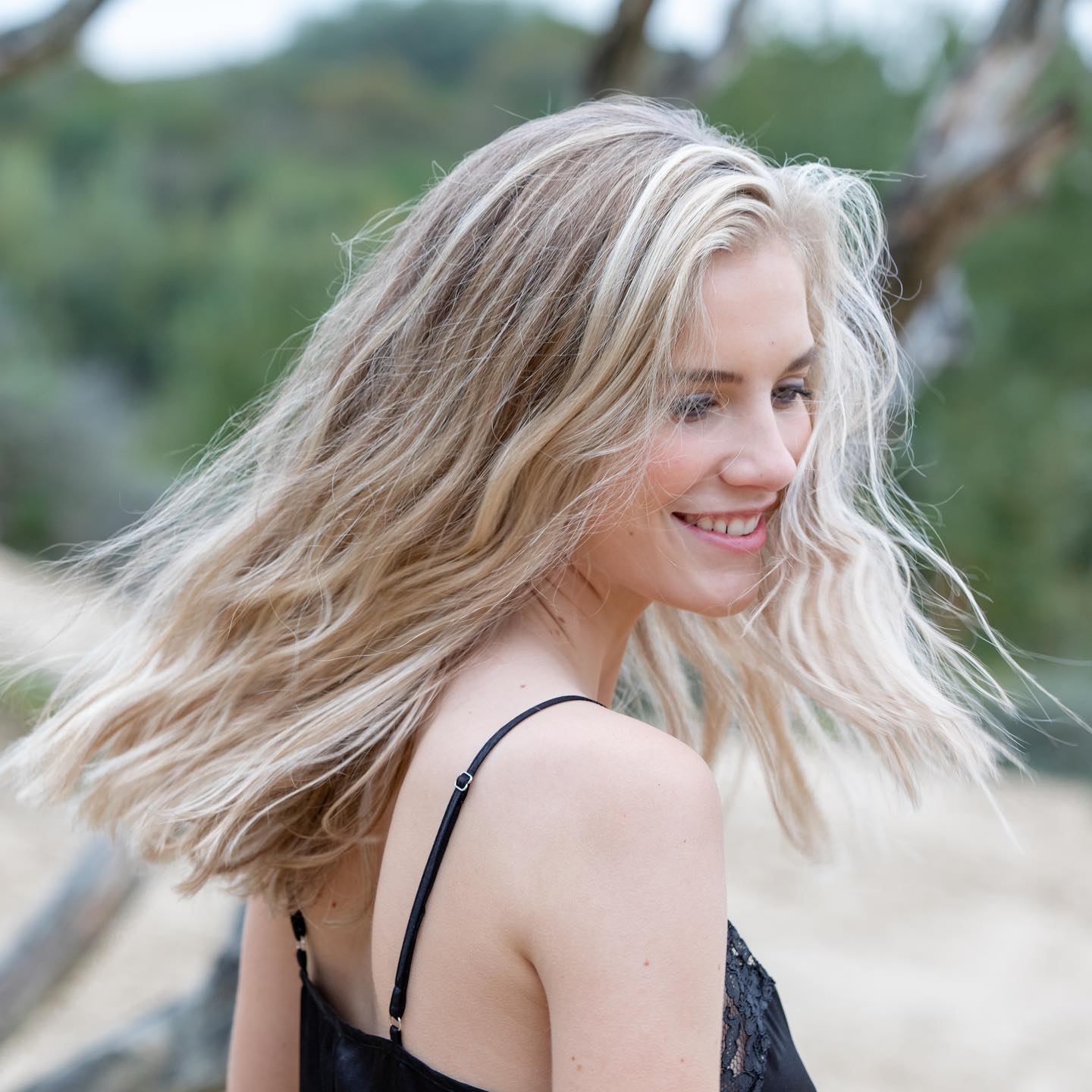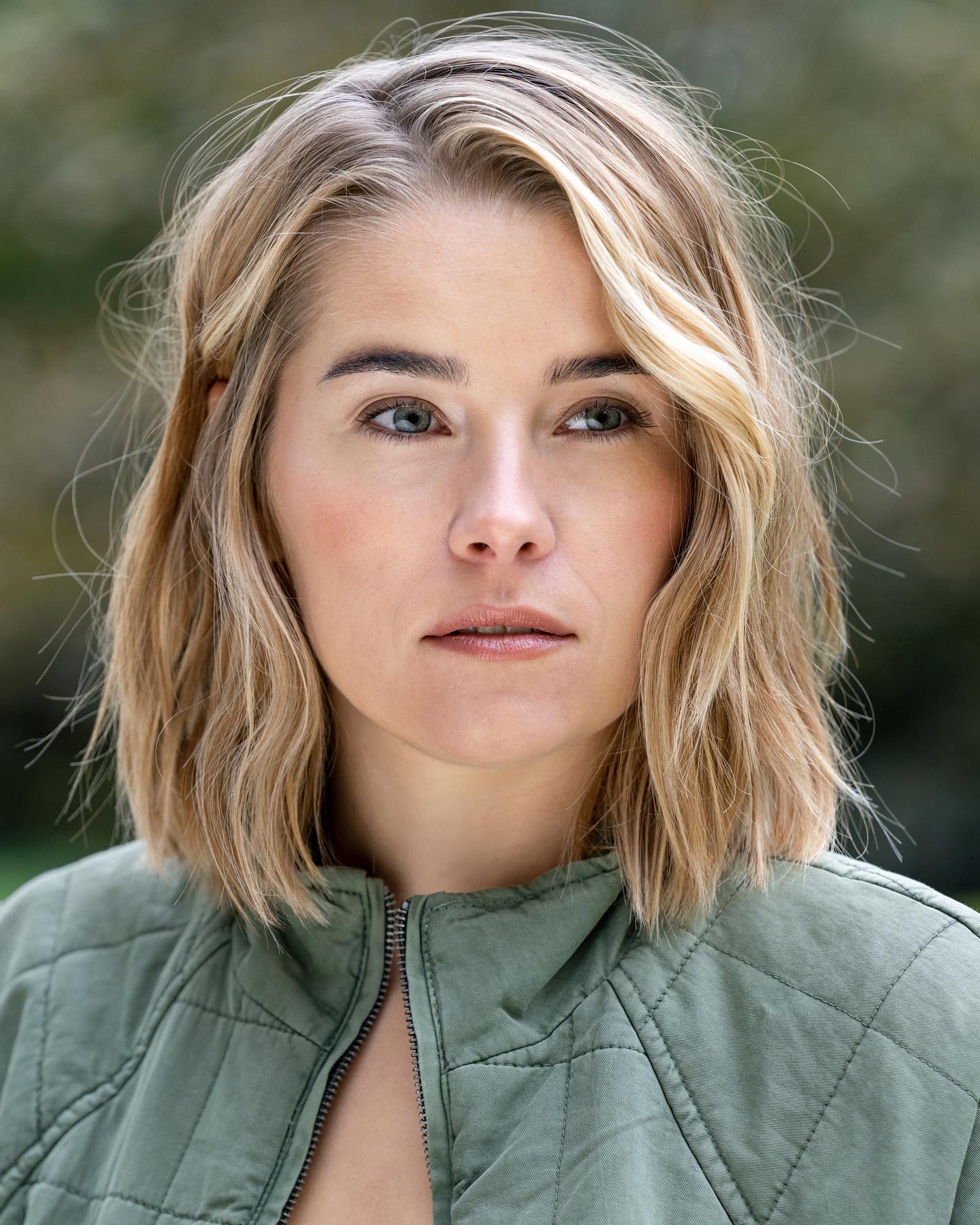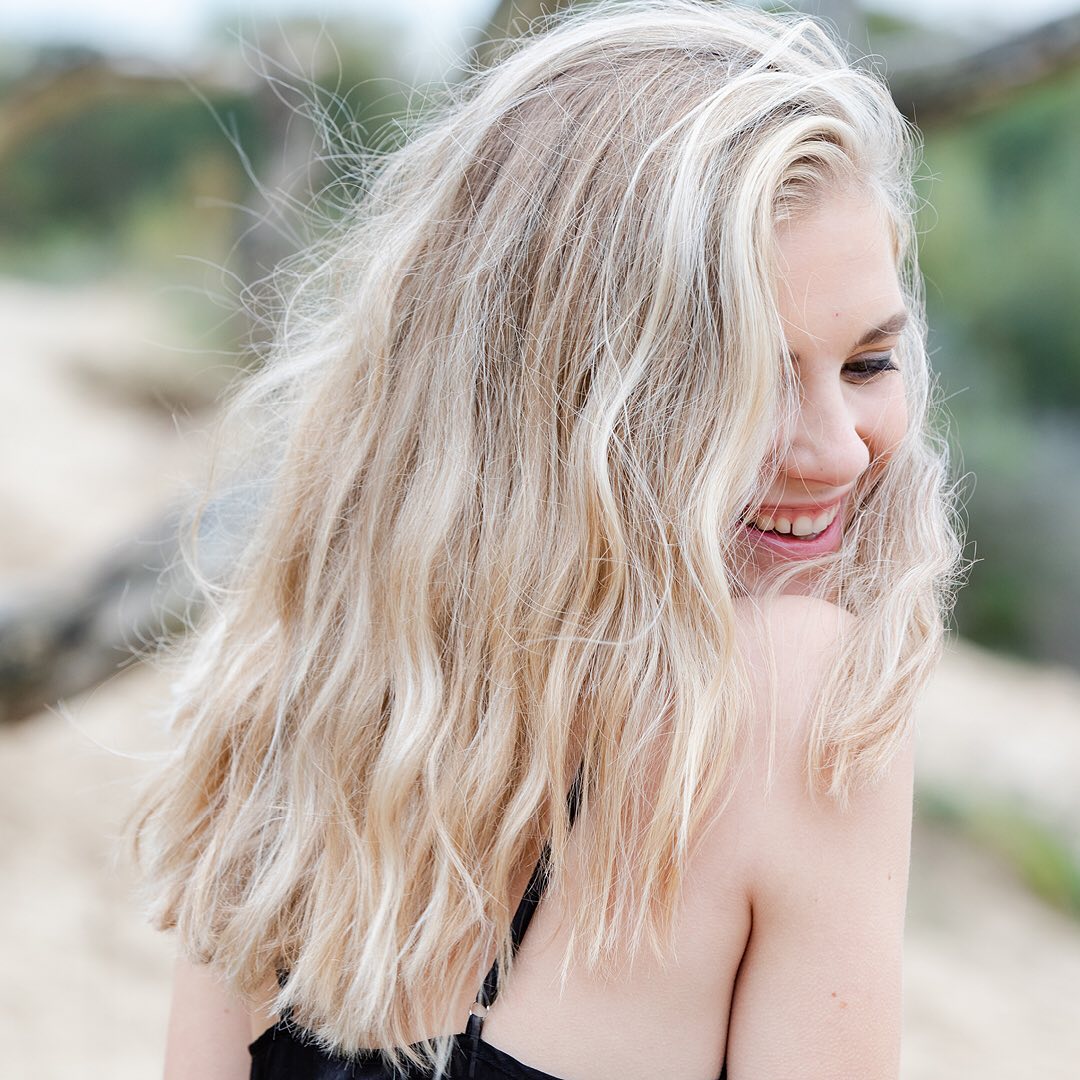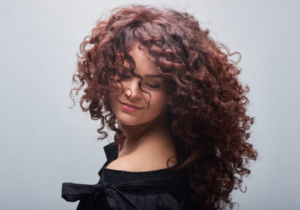Bleaching and frizz are two hair problems that can make it difficult to maintain healthy, silky hair. Understanding the causes and consequences of these phenomena is essential to better manage and prevent them.
Understanding discoloration and frizz
What is fading?
Hair bleaching is a chemical process that removes your hair's natural or artificial color. This is often done to obtain lighter shades or to prepare hair for a new color. However, this process can weaken the hair fiber and lead to various problems.
Factors contributing to hair discoloration
- Chemical exposure : Regular use of chemicals for coloring or bleaching can make hair more vulnerable and prone to unwanted fading.
- Sun exposure : UV rays can oxidize your hair's natural pigments, leading to progressive discoloration.
- Excessive heat : Frequent use of straightening irons, hair dryers and other heated tools can aggravate discoloration by drying out the hair cuticle.
- Frequent washing : Washing your hair too often can remove the natural oils that protect color, accelerating the fading process.
What is frizz?
Frizz is that unruly curl or strand that often appears when humidity is present. They form when the hair's outer layer (cuticle) is lifted, allowing humidity to penetrate the hair fiber.
Why does your hair get frizzy?
- Humidity : Moist air is one of the main causes of frizz, as it easily penetrates the hair fiber and disrupts its structure.
- Dry hair: Hair that lacks moisture can be more prone to frizz, as it will seek to absorb moisture from the surrounding air.
- Cuticle damage : When cuticles are damaged or open, they allow humidity to penetrate, making hair frizzy.
- Drying methods : Using a towel to rub your hair can cause frizz by lifting the cuticle.
Keeping your hair smooth and shiny is possible thanks to a better understanding of these phenomena, as well as appropriate care tailored to each type of hair problem. Taking advantage of effective solutions and treatments can significantly improve the health of your hair by reducing discoloration and frizz.
Prevent discoloration and frizz
How to prevent hair discoloration
Choosing the right bleach
- Selection of ammonia-free products : Prefer bleaching products that do not contain ammonia, as they are less aggressive on the hair fiber and better preserve the hair's integrity.
- Use of herbal bleaches: Natural plant-based formulations, such as henna, can be a gentle alternative for lightening hair color without damaging it.
- Always do a wick test: Before a complete bleaching process, perform a test on a small strand to check your hair's reaction and minimize the risk of unwanted discoloration.
Protecting hair from sun exposure
- Wearing hats or bandanas: Cover your hair with a hat or bandana on sunny days to reduce exposure to harmful UV rays.
- Use of hair care products with UV protection: Opt for sprays or serums containing UV filters to protect your hair from sun damage.
- Avoid unprotected seawater: Apply a protective oil to your hair before bathing in salt water to reduce its drying, color-protecting effect.
Prevent frizz
Tips to reduce frizz
- Regular hydration: Use a moisturizing conditioner and hair masks rich in nourishing agents to keep your hair hydrated and prevent frizz.
- Air drying : It's better to let your hair dry naturally than to use heated tools, which can open cuticles and cause frizz.
- Hair dryer with diffuser : If you must use a hair dryer, choose one with a diffuser to distribute the heat evenly and reduce the impact on the hair cuticle.
- Drying technique with microfiber towel: Use a microfiber towel to gently press your hair after washing, avoiding creasing cuticles and creating frizz.
Recommended products to fight frizz
- Essential oils : Incorporate essential oils like argan oil or coconut oil into your hair routines to seal in moisture and tame flyaways.
- Smoothing serums : Apply a smoothing serum to damp hair to help close the cuticle and create a protective barrier against humidity.
- Anti-frizz sprays : Use a specially formulated anti-frizz spray to control volume and preserve your hair's smooth texture all day long.
With the right routine and targeted products, it's possible to effectively minimize the problems associated with hair discoloration and frizz, ensuring healthy, radiant hair. Adopting these preventive practices will help preserve your hair's natural beauty and avoid costly repair procedures.
See also: How do you achieve even bleaching all over your hair?
Repair discoloration and frizz
Treatment of hair discoloration
Back to your natural color
- Semi-permanent colors : Use semi-permanent colorants to mask discoloration and ease the transition to a color closer to your natural shade without further damaging your hair.
- Vegetable dyes : Plant dyes are a gentle option for re-dyeing your hair without harsh chemicals, providing even color while nourishing hair fibers.
- Professional consulting : Consult a professional colorist who can offer a personalized strategy to get back to your natural shade, ensuring your hair stays healthy throughout the process.
Home solutions to repair discoloration
- Repairing hair masks : Apply protein- and moisture-rich hair masks regularly to strengthen the hair fiber and improve the overall appearance of bleached hair.
- Oil baths : Hair oils such as jojoba oil or avocado oil, used in an oil bath before shampooing, help restore softness and texture to hair affected by color fading.
- Rinse with cider vinegar : A dilute solution of cider vinegar can help restore the hair's pH, seal the cuticle and restore the shine lost as a result of bleaching.
Back to frizz-free hair
Tips for fighting frizz
- Regular cuts : Have your ends trimmed regularly to eliminate split ends, one of the causes of frizz, and preserve the overall health of your hair.
- Cold snap: Finish by rinsing your hair with cold water to help close the cuticle and reduce frizz.
- Anti-humidity products : Incorporate specialized products into your routine to prevent moisture from penetrating the hair fiber.
Salon treatments for frizz
- Keratin treatments : In-salon keratin-based treatments deeply smooth the cuticle and tame frizz for a silky, shiny result that can last several weeks.
- Botox capillaire : This treatment intensely nourishes hair to restore shine and smooth frizz without the harsh chemical effects of other treatments.
- Professional moisturizers : Ask for a moisturizing treatment in the salon to restore moisture, strengthen the hair's internal structure and reduce frizz.
Adopting practical solutions, both at home and in the salon, can greatly improve the appearance and health of your frizz-prone, bleached hair. A combination of repair and preventive maintenance is often the most effective way to restore smooth, well-moisturized, shiny hair.
Create a personalized hair routine
Identify your specific hair needs
To create an effective hair routine, it's crucial to understand your hair's unique needs. This means taking into account its texture, porosity and general state of health. Perform a hair diagnosis to determine whether your hair primarily needs hydration, nutrition, or strengthening.
Selecting the right products
Moisturizing and nourishing products
- Choose sulfate-free shampoos and conditioners rich in moisturizing agents such as glycerine and coconut oil.
- Use weekly masks containing avocado or shea butter to give hair deep nourishment.
- For color-treated hair, choose products specifically formulated to protect and maintain color radiance.
Incorporating reinforcing treatments
- Incorporate protein-based treatments, such as those containing keratin or silk proteins, to restore strength and elasticity to damaged hair.
- Protein-based hair oils can also be applied to the ends to reduce breakage and split ends.
- Use repairing serums to seal the cuticle and protect against daily breakage.
Adopting good hair care practices
Daily washing and care
- Wash your hair with lukewarm rather than hot water to avoid opening the cuticle too much, which can lead to frizz and discoloration.
- Limit the frequency of washing to preserve your hair's natural oils.
- Use soft bristle brushes to detangle without causing further damage.
Protection against environmental factors
- Apply a heat protector regularly before using heated tools to prevent drying out and color loss.
- Consider using a humidifier in your home to maintain optimal humidity levels and reduce hair dryness.
- Protect your hair from environmental aggression with scarves or hats, especially on windy or sunny days.
FAQ
- How do I know if my hair is over-treated?Over-treated hair is generally dull, brittle and lacks life. It can also appear porous and have difficulty retaining moisture.
- Can cider vinegar help prevent discoloration?Yes, cider vinegar helps restore hair's natural pH, which can help maintain color brilliance and prevent fading.
- What's the best way to dry my hair to avoid frizz?Air-dry your hair or use a diffuser on your blow-dryer to minimize frizz caused by direct heat and friction.
- Is it possible to completely prevent frizz?It's hard to completely prevent frizz, but by following a proper routine and using the right products, you can significantly reduce its appearance.
- Are chemical treatments the only solution to frizz?No, many non-chemical solutions, including moisturizers and gentle drying techniques, can effectively reduce frizz without resorting to chemical treatments.





